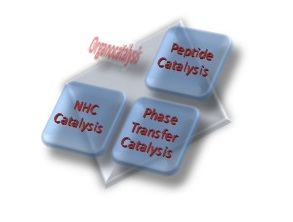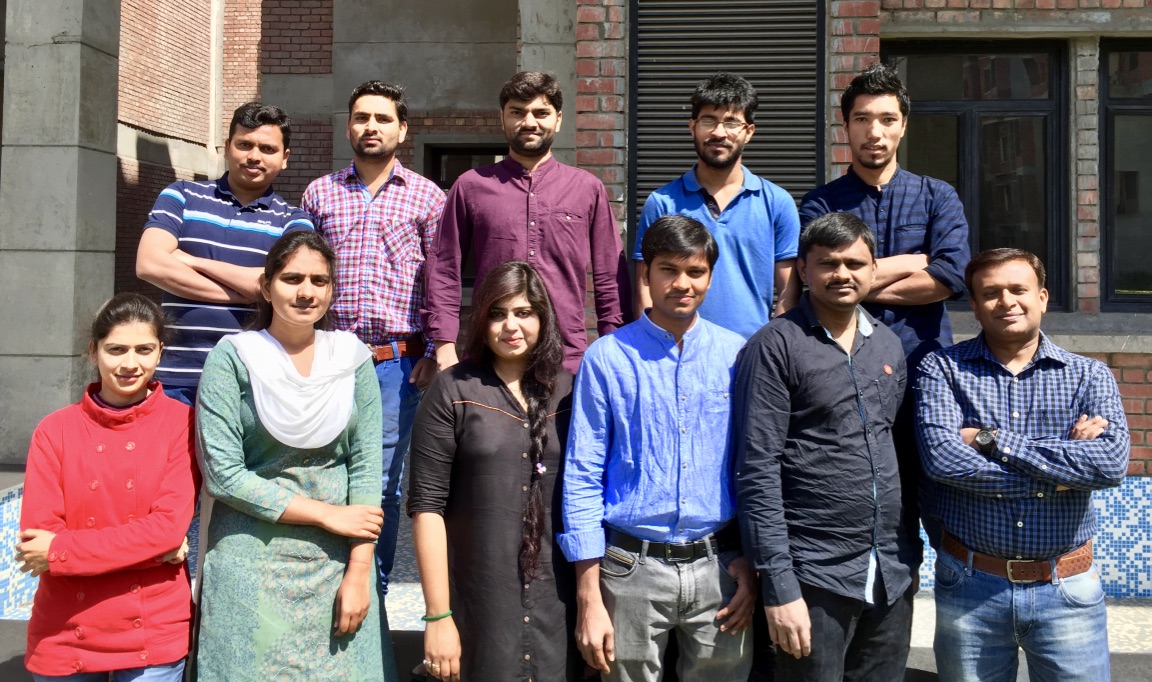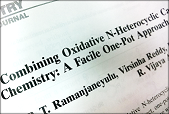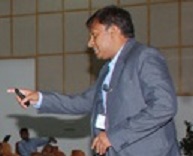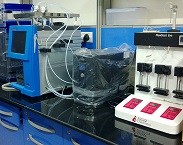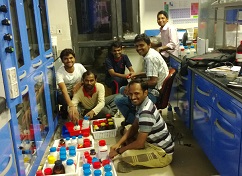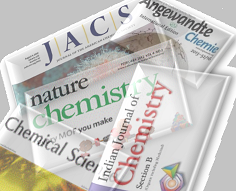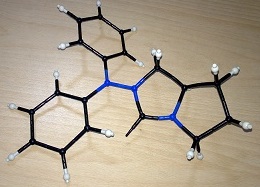INTERESTING ARTICLES
31. Traceless Tosylhydrazone-Based Triazole Formation: A Metal-Free Alternative to Strain-Promoted Azide–Alkyne Cycloaddition (ACIE, 2012) [Link]
30. Amide-Forming Ligation of Acyltrifluoroborates and Hydroxylamines in Water (ACIE, 2012) [Link]
29. Towards a Green Process for Bulk-Scale Synthesis of Ethyl Acetate: Efficient Acceptorless Dehydrogenation of Ethanol (ACIE, 2012) [Link]
17. Metal-free carbon–carbon bond-forming reductive coupling between boronic acids and tosylhydrazones (Nature Chemistry, 2010) [Link]
16. Steering the Surprisingly Modular π-Acceptor Properties of N-Heterocyclic Carbenes: Implications for Gold Catalysis (Angew. Chem. Int. Ed, 2010) [Link]
15. Isomerism: The same but Different (Electromerism) (Nature Chemistry, 2010) [Link]
14. Catalyst selection based on intermediate stability measured by mass spectrometry (Nature Chemistry, 2010) [Link]
13. Organometallic chemistry: C–H carboxylation takes gold (Nature Chemistry, 2010) [Link]
12. Organocatalysis in Cross-Coupling: DMEDA-Catalyzed Direct C−H Arylation of Unactivated Benzene (JACS 2010 ASAP) [Link]
11. Automated Chemical Crystallography (JACS, 2010) [Link]
10. Recycling the Waste: The Development of a Catalytic Wittig Reaction (Angew. Chem. Int. Ed., 2009) [Link]
9. On Catalysis by Ionic Liquids (JACS, 2009) [Link]
8. A Different Approach to Enantioselective Organic Synthesis: Absolute Asymmetric Synthesis of Organometallic Reagents (Angew. Chem. Int. Ed, 2009)[Link]
7. Controlled Iterative Cross-Coupling: On the Way to the Automation of Organic Synthesis (Angew. Chem. Int. Ed, 2009) [Link]
6. Light in Aminocatalysis: The Asymmetric Intermolecular alpha-Alkylation of Aldehydes (Angew. Chem. Int. Ed, 2009) [Link]
5. Learning from Molecules in Distress (Angew. Chem. Int. Ed, 2008) [Link]
4. Water in Organocatalytic Processes: Debunking the Myths (Angew. Chem. Int. Ed, 2007) [Link]
3. In Water or in the Presence of Water (Angew. Chem. Int. Ed, 2006) [Link]
2. The Crystallization Behavior of Proline and Its Role in Asymmetric Organocatalysis (Angew. Chem. Int. Ed, 2006) [Link]
1. The Quest for Quinine: Those Who Won the Battles and Those Who Won the War (Angew. Chem. Int. Ed, 2005) [Link]
